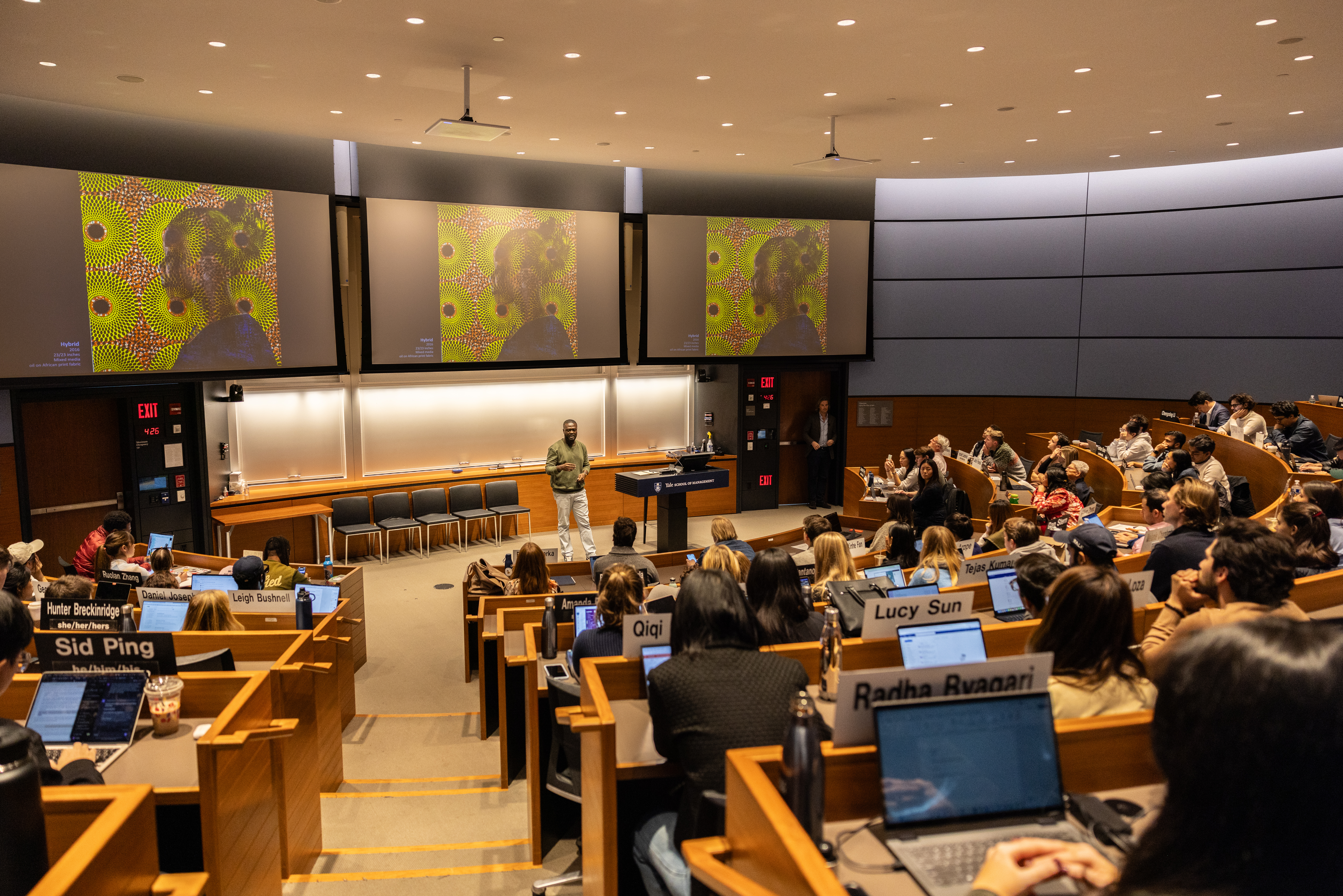Alley, S., Plotnikoff, R. C., Duncan, M. J., Short, C. E., Mummery, K., To, Q. G., Schoeppe, S., Rebar, A., & Vandelanotte, C. (2023). Does matching a personally tailored physical activity intervention to participants’ learning style improve intervention effectiveness and engagement? Journal of Health Psychology, 28(10), 889–899.
Ambrose, S., Bridges, M., Lovett, M., DiPietro, M., & Norman, M (2010). How Learning Works: 7 Research-Based Principles for Smart Teaching. San Francisco: Jossey-Bass.
Coffield, F., Moseley, D., Hall, E., & Ecclestone, K. (2004). Learning styles and pedagogy in post-16 learning: A systematic and critical review. London, UK: Learning and Skills Research Centre.
Cuevas, J. (2015). Is learning styles-based instruction effective? A comprehensive analysis of recent research on learning styles. Theory and Research in Education, 13(3), 308–333.
Howard-Jones, P. A. (2014). Neuroscience and education: myths and messages. Nature Reviews Neuroscience, 15(12), 817–824. https://doi.org/10.1038/nrn3817
Kaplan, M., Silver, N., Lavaque-Manty, D., and Meizlish, D., eds. (2013). Using Reflection and Metacognition to Improve Student Learning. Sterling, VA: Stylus.
Kirschner, PA. (2017). Stop propagating the learning styles myth. Computers & Education, 106: 166-171
Krätzig, G. P., & Arbuthnott, K. D. (2006). Perceptual learning style and learning proficiency: A test of the hypothesis. Journal of Educational Psychology, 98(1), 238–246.
Mayer, RE. (2003). The promise of multimedia learning: using the same instructional design methods across different media. Learning and Instruction, 13(2): 125-139
National Research Council. (2000). How People Learn: Brain, Mind, Experience, and School: Expanded Edition. Washington, DC: The National Academies Press.
Pashler, H., McDaniel, M., Rohrer, D., & Bjork(link is external), R. (2008). Learning Styles: Concepts and Evidence. Psychological Science in the Public Interest, 9(3), 105-119
Rogowsky, B. A., Calhoun, B. M., & Tallal, P. (2020). Providing Instruction Based on Students’ Learning Style Preferences Does Not Improve Learning. Frontiers in Psychology, 11.
Willingham, D. T. (2005). Ask the Cognitive Scientist: Do visual, auditory, and kinesthetic learners need visual, auditory, and kinesthetic instruction? American Educator, 29(2). American Federation of Teachers. https://www.aft.org/ae/summer2005/willingham
